The Latest on Leveraging Social Commerce

Retailers have been looking for ways to sell inventory via social media since the inception of Facebook and Twitter - typically without much luck.
Retailers are fixated on social commerce because these networks are leveraged every day by consumers, with Pew Research revealing 71 percent of Internet users were on Facebook in 2014. This provides retailers with an opportunity to put their products in front of a large audience and allows selling within environments where customers are already active.
Fortunately, significant strides have been made in the social commerce arena in the last two years with social networks like Facebook, Twitter, Tumblr and Pinterest all offering new tools to make shopping easier on their respective platforms. Learn about the latest social commerce updates making headlines in 2015 below:
Facebook kicked off 2015 with an update to help people buy and sell on its social network. The update was specifically for Facebook's "For Sale Groups" feature, which is a particular type of Facebook Group that enables members to buy and sell items. With the updates, members of these groups can choose the "Sell" feature when creating a post, which enables members to add a description to what they are selling, including a price and a pick-up/delivery location. Moreover, sellers can mark posts as "available" or "sold" and view their catalog of items previously sold.
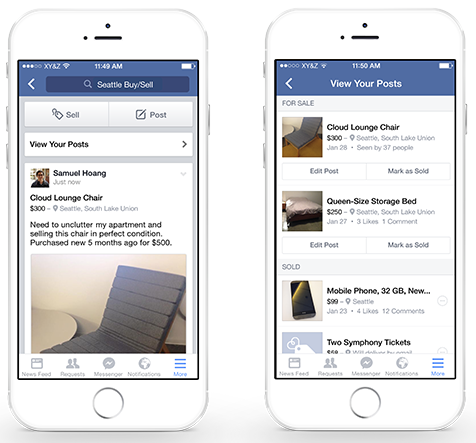
In addition to unveiling selling features to its For Sale Groups in February, Facebook introduced a new ad format that enables marketers to advertise multiple products in one post. The format, dubbed product ads, is designed to help businesses promote multiple products or their entire product catalog across devices. For instance, marketers can upload their product catalog and create campaigns targeting certain products to specific audiences. Additionally, marketers can let Facebook automatically deliver the most relevant products to people. Products can be shown in single- or multi-product ad units.
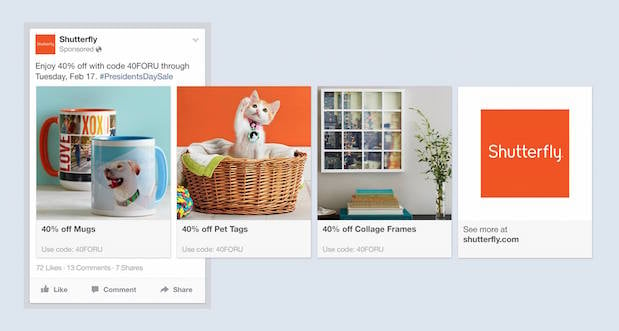
Just a few weeks ago, Facebook further added to its social commerce features by announcing that it is testing a new "Buy" call-to-action button (CTA) on ads and Page posts. Popular ecommerce platform Shopify is partnering with Facebook to enable its merchants to participate in the beta test of the CTA.
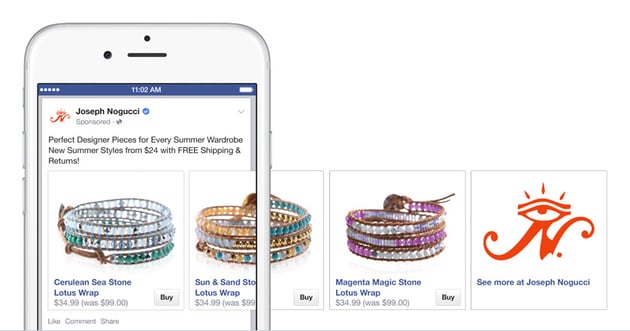
Twitter unveiled two new conversion tracking features to its analytics offering in March. The features, dubbed transaction values and key conversion tags, enable marketers to view sales that are driven by Promoted Tweet campaigns and optimize their campaigns by selecting a single conversion event to track.
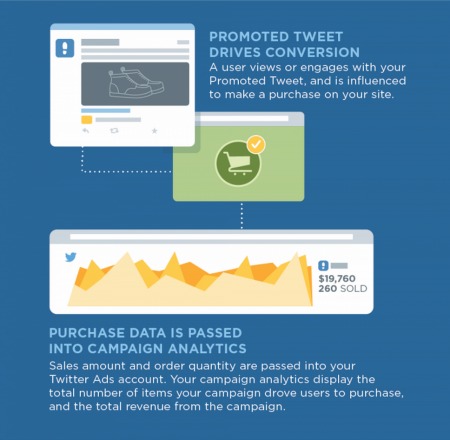
Aside from conversion-tracking analytics, Twitter also began testing new shopping features in June. For starters, the social network introduced product and place pages, which surface and organize relevant Tweets on dedicated pages. These pages display images and video about the product or place as well as information like description, price and an option to buy, book or visit the website for more information. The other new feature, dubbed collection pages, enables users and brands to create and share collections of products and places.
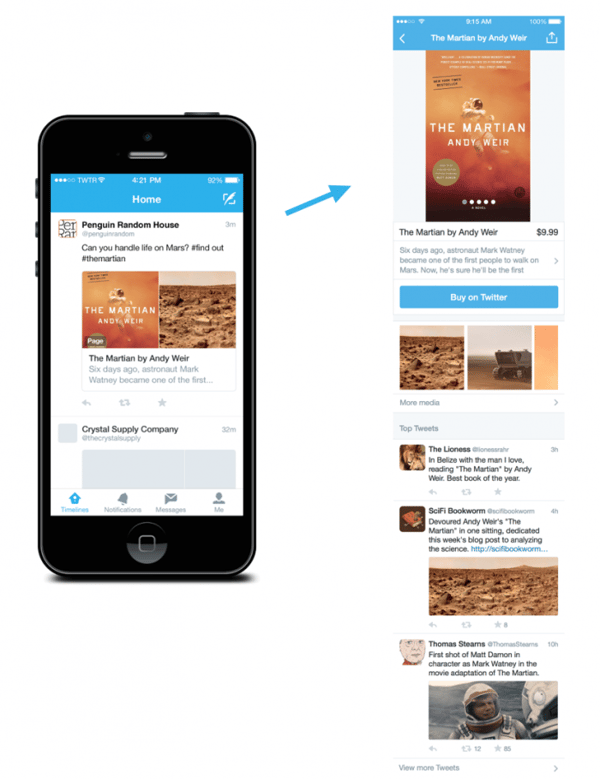
Pinterest unveiled Buyable Pins in June as a way for brands to securely sell products on its social network, and the feature ended up arriving on iOS devices in July. Buyable Pins are displayed in the home feed, on boards and in search results and can be identified by a blue price. Consumers can also compare color choices of a product directly from the Pin. That said, brands who want to leverage the functionality must use the Shopify or Demandware commerce platforms as well as sign up for Pinterest's waitlist.
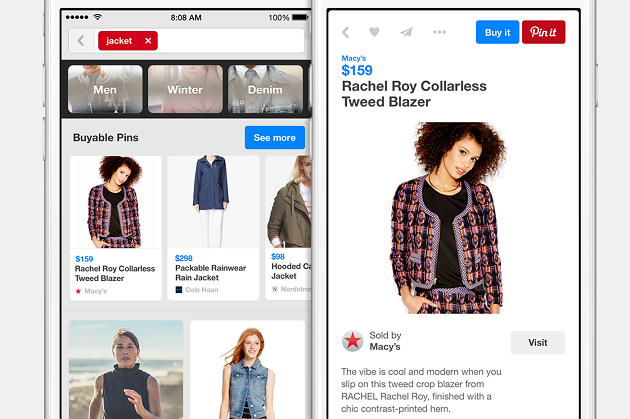
Instagram upped its social commerce game by unveiling a new ad format in March that enables brands to show off multiple products. The format, called carousel ads, enables consumers to see additional pictures and a link to a website of the advertiser's choice by swiping left on ads.
In addition to carousel ads, Instagram also made an announcement in June to notify users that it is testing direct-response ad formats that will help consumers learn more about products or services by enabling them to take action directly from an ad, such as making a purchase or downloading an app.
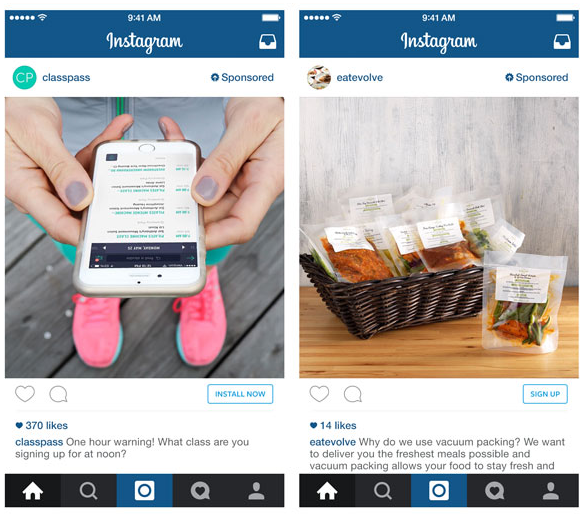
Tumblr
Although Tumblr unveiled call-to-actions (CTAs) for its platform back in Dec. 2014, the social network didn't make the functionality available on its iOS mobile app until April 2015. With the CTAs, buttons are displayed on posts coming from a handful of sites, including Etsy, Artsy, Kickstarter and DoSomething. The CTAs enable users to take action directly from a post. For instance, posts coming from Etsy display a "Buy" button, while posts from other sites generate different buttons, such as "Browse."
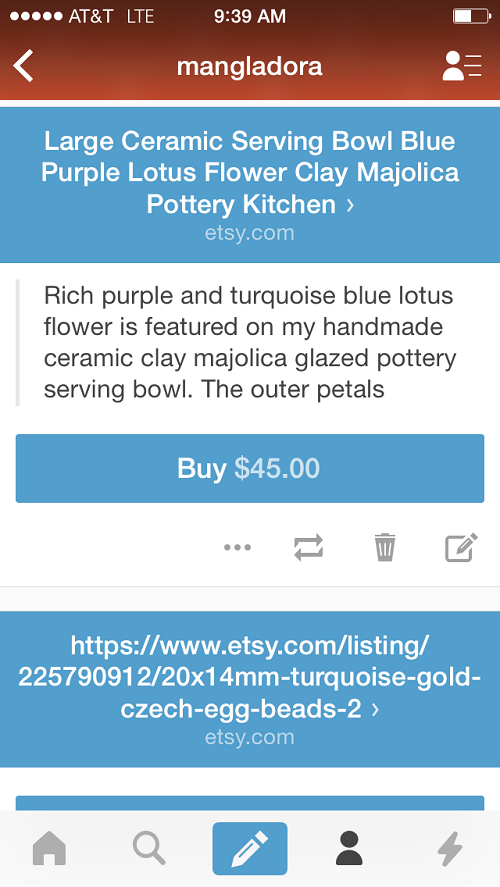

Subscribe to Our Newsletter!
Latest in Social Media










